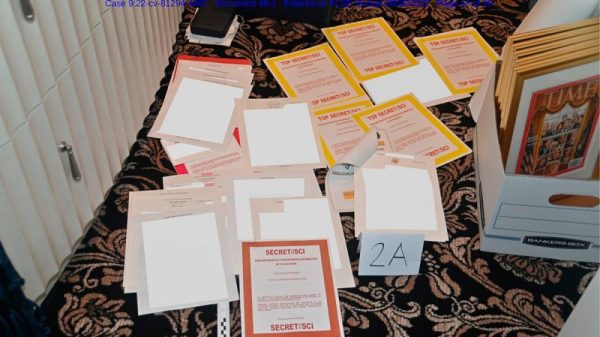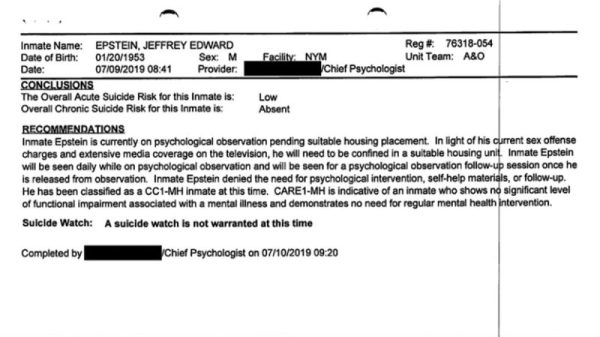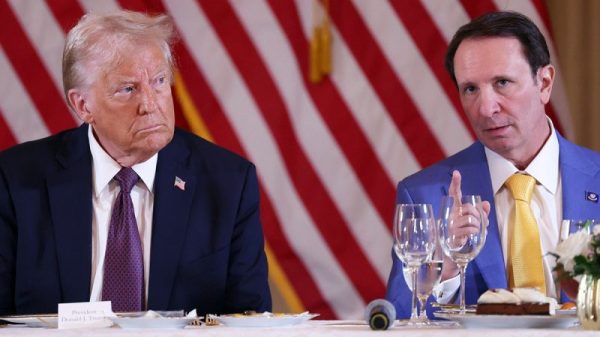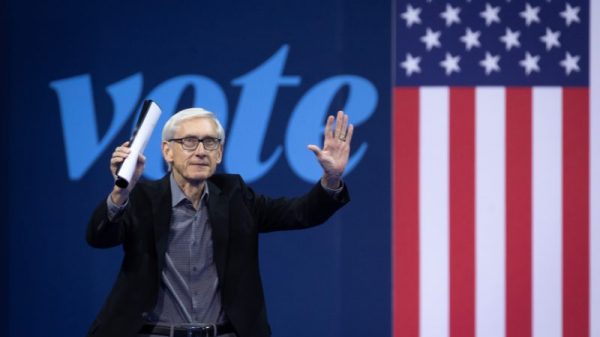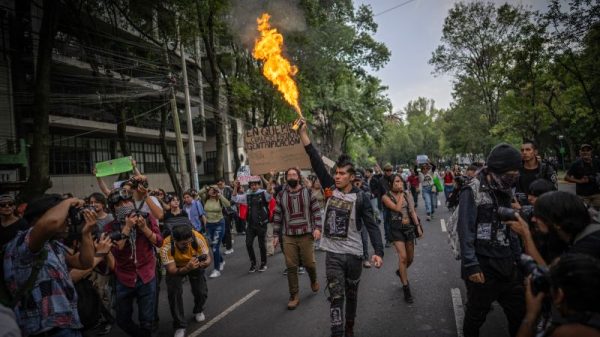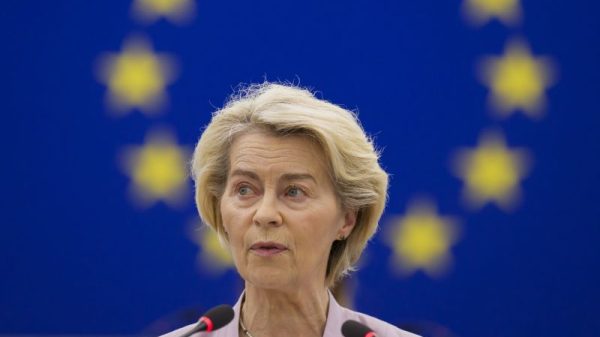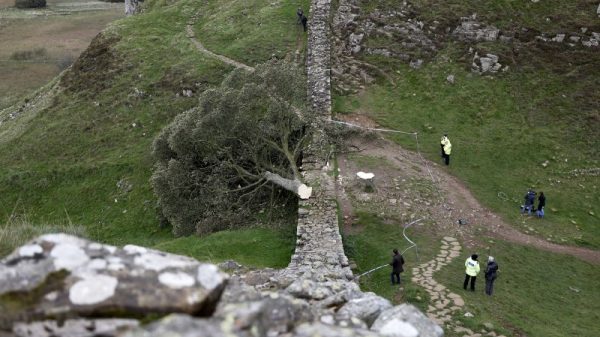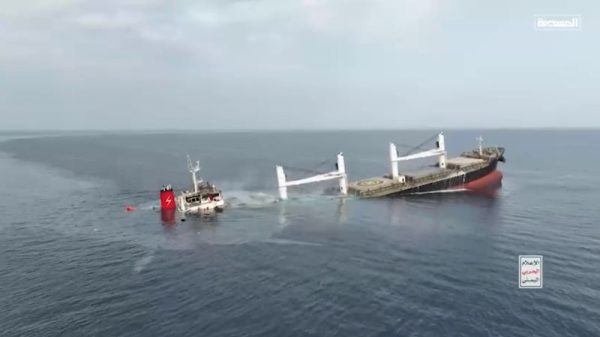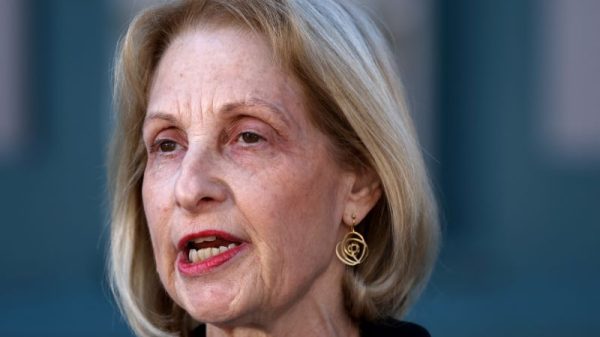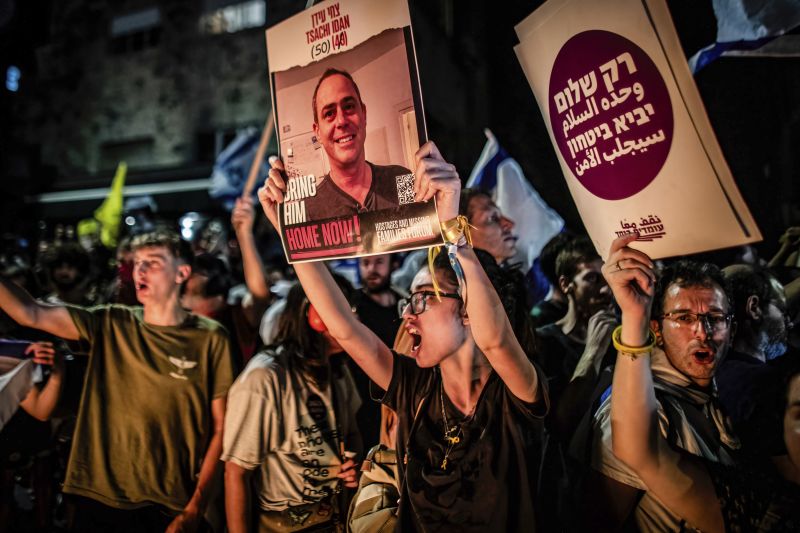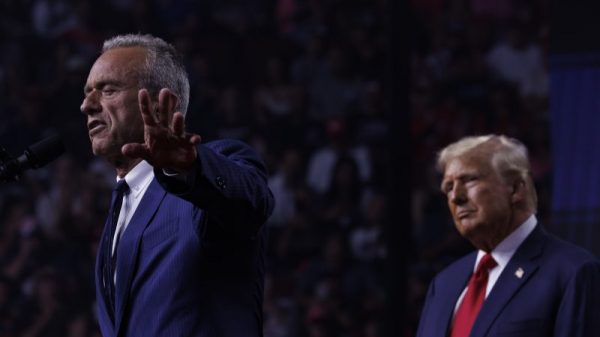With its announcement that militants guarding Israeli hostages in the buildings and tunnels of Gaza had “new instructions” to kill them If Israeli troops closed in, Hamas signalled the opening of a chilling new chapter in an already brutal war.
Seizing on a spasm of public outrage in Israel at Prime Minister Benjamin Netanyahu’s inability to bring home the remaining hostages, Hamas released a comic-book style image of a kneeling figure threatened with a gun, followed by a video of Eden Yerushalmi, 24, a bartender at the Nova music festival and one of six hostages who Israel says were shot at close range in Hamas captivity last week before Israeli forces could reach them.
In cruel twist of timing – the funerals of the slain hostages had taken place on Sunday and Monday – Hamas said it would drip-feed footage of what it described as the “final messages” of the remaining five. It released a second video on Tuesday, featuring Ori Danino, a 25-year-old who was abducted from the Nova music festival on October 7. Danino had helped other festival-goers escape the horror. It was not clear when any of the footage was filmed – not whether it was intended that the videos would be used in the way that Hamas is now doing.
Hamas’ new tactics – which Yerushalmi’s family say amount to “psychological terror” – will further fan the fury in Israeli society. For the past three days, crowds have swelled in multiple Israeli cities, with protesters blaming Netanyahu for, in their view, sacrificing Israeli citizens to stay in power, as rightwing members of his coalition have threatened to bring down the government should he end the war.
But it is not yet clear whether they will compel Netanyahu to change Israel’s approach to the war in Gaza.
Some analysts say that unlike earlier in the war, Hamas may no longer believe that keeping hostages gives it leverage over Israel.
In a statement Monday evening, Hamas spokesperson Abu Obaida said the new instructions had come into place after an “incident” in Nuseirat, seeming to refer to an IDF operation in June that rescued four Israeli hostages from a refugee camp in central Gaza.
The raid, which killed 274 Palestinians, occurred mid-morning when the streets were teeming with people shopping at a nearby market. Some of the captors were killed, and the IDF successfully retrieved the hostages unharmed, further weakening Hamas’ leverage in negotiations with Israel.
Since then, the IDF has rescued one more hostage – Farhan Al-Qadi, 52, a Bedouin Israeli citizen who was retrieved from a tunnel in Gaza last week.
When Hamas took some 250 people hostage from southern Israel on October 7, “they thought they could try to leverage them for a prisoner exchange deal,” Mustafa said. Although an exchange deal was struck as early as November, no further agreement has been reached 10 months later.
A ‘watershed’ moment
The successful rescues may have helped Netanyahu to argue that Israel’s twin war-aims of destroying Hamas and returning the hostages can be pursued simultaneously, making the cries for a ceasefire-for-hostages deal less urgent.
But, after the murder of the six hostages under Hamas’ new directive, hundreds of thousands of Israelis took to the streets on Monday to demand Netanyahu’s government strike a deal to free the hostages, in one of the largest demonstrations since the war began. Many wondered if the nationwide outrage might be enough to force his hand.
Instead, a defiant and bellicose Netanyahu used his first public comments since the discovery of the bodies to double down on his strategy in the Strip. He said Israel will retaliate strongly against Hamas for the killing of the six hostages, hinting that the response would be akin to the strike against Hezbollah in July that killed the Iran-backed group’s top commander Fu’ad Shukr.
He stressed again his commitment to fighting until Hamas is defeated and repeated his refusal to withdraw soldiers from the border between Gaza and Egypt – a new sticking point threatening once again to derail talks to reach a deal.
Although Netanyahu has refused to cede ground under growing pressure, analysts say the killing of the six hostages by Hamas has been a turning point, leading many in the country to ask whether Israel is reaching the limits of what its military power can achieve, and whether its offensive may be endangering the more than 100 hostages from the country still being held in Gaza.
“It became very clear that the presence of the IDF played a direct part in the decision of their Hamas keepers to kill them,” he said. “The sense that the Netanyahu government is incompetent, that Netanyahu is doing all of this for his own reasons, is now much more powerful for a lot of people. So I think it is a watershed moment.”
Nimrod Novik, a fellow at the Israel Policy Forum and former senior adviser to the late Prime Minister Shimon Peres, said many Israelis have felt two waves of grief over the past three days: First, for the death of the six hostages, and then, following Netanyahu’s speech, “the realization that Netanyahu is determined to pursue an open-ended occupation of Gaza.”
New red line
The death of the six hostages also caused the latest spat between Netanyahu and Israeli Defense Minister Yoav Gallant. According to reports in Israeli media, the two men argued furiously over whether, as part of any ceasefire deal, the Israeli military should leave the Philadelphi Corridor – a 14-kilometer (8.7-mile) stretch of land running along the border between Gaza and Egypt.
Although Netanyahu has recently begun to strongly insist that Israel maintain a military presence in the corridor for security reasons, Hamas has long been clear that the proposal is a non-starter. Gallant reportedly told Netanyahu that insisting on this condition means “there won’t be an agreement and there won’t be any hostages released.”
Regardless, the cabinet proceeded to vote on the plans Netanyahu presented, approving them by eight to one, with Gallant the only dissenter.
Novik, the former adviser to Peres, said the newfound focus on the Philadelphi Corridor is merely symbolic.
His “discovery” of the corridor and the effective elevation of its status to a holy site “has no security merit,” Novik said.
If anything, an occupation of the corridor – which runs alongside densely populated towns and cities – risks endangering Israeli troops, as Israel’s previous occupation of the territory that ended in 2005 showed, Novik warned.
“They’re sitting ducks,” he said. “And if Hamas managed to kill our troops in 2004 before it had the kind of munitions and equipment that they have today, the results are going to be even more devastating.”
Since the issue of the corridor was raised last month, Hamas has said it will not agree to Netanyahu’s red line.
“At this point, they cannot accept anything short of the demands they are now calling for: A complete cessation of hostilities and the full withdrawal of Israeli troops,” Mustafa said. “If they were to accept anything short of what they’re demanding, that would be political suicide for the movement.”
Netanyahu’s defiant speech on Monday may have extinguished hopes that the killing of the six hostages could lead to a change in course. Former IDF spokesperson Lt. Col. Peter Lerner, who has become more critical of the government since leaving his post earlier this year, said about the remaining hostages after Netanyahu’s speech: “He sealed their fate.”
The insistence on maintaining troops along the corridor may also spell further tension between Israel and the United States, which has throughout the months-long negotiations insisted that Israel must fully withdraw from Gaza after the war.
When asked Monday whether Netanyahu was doing enough to reach an agreement, President Joe Biden said simply: “No.”












